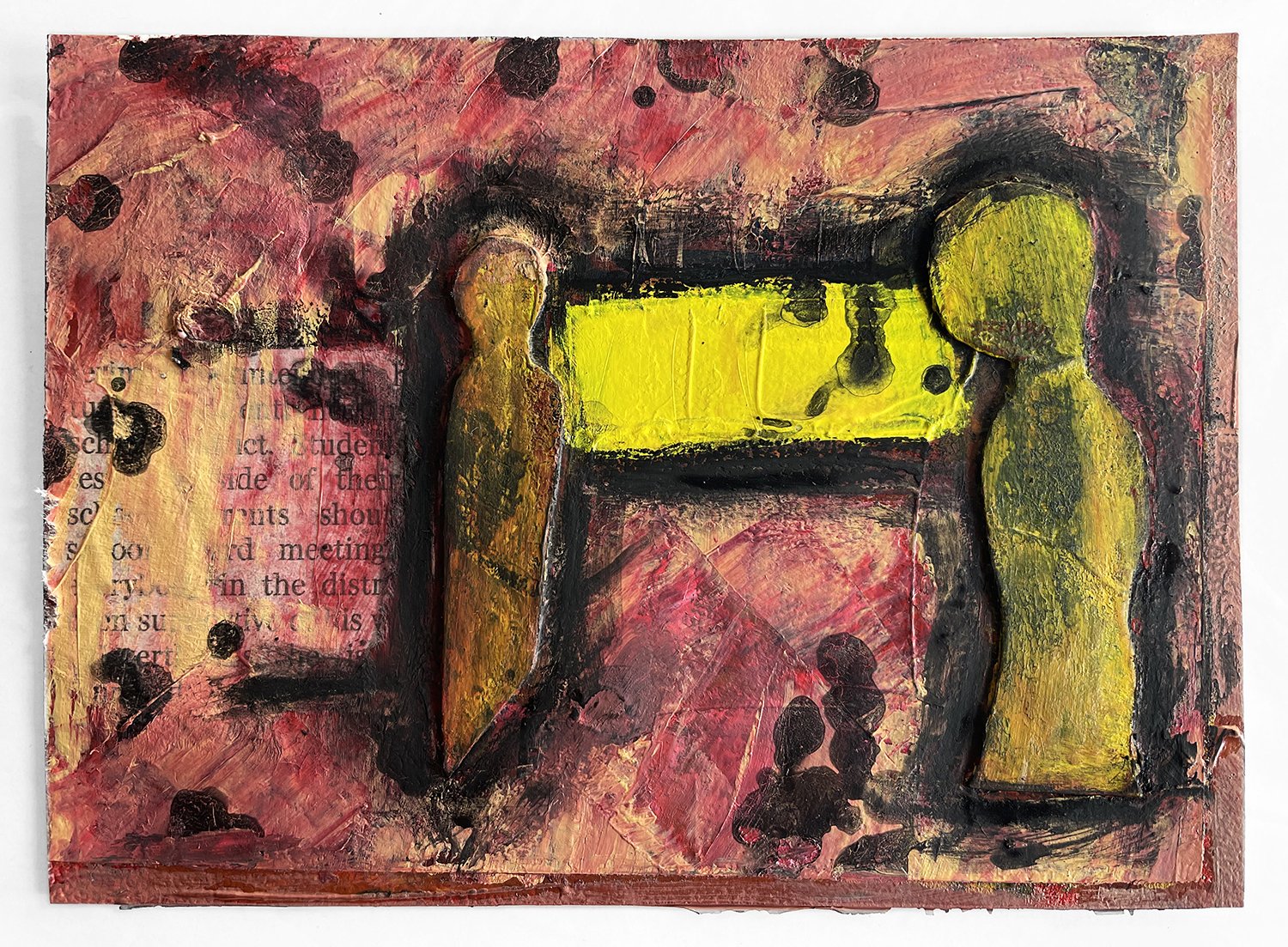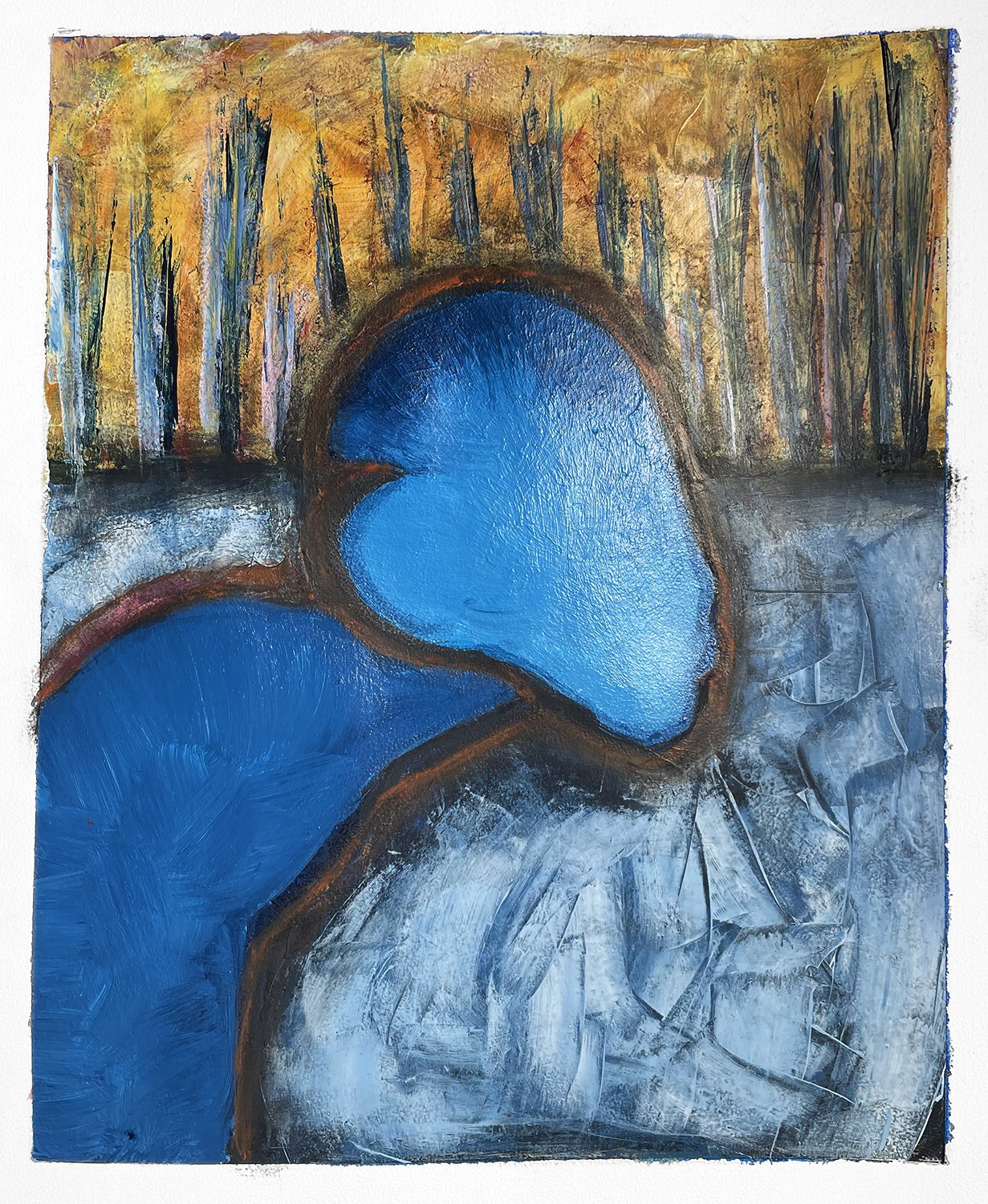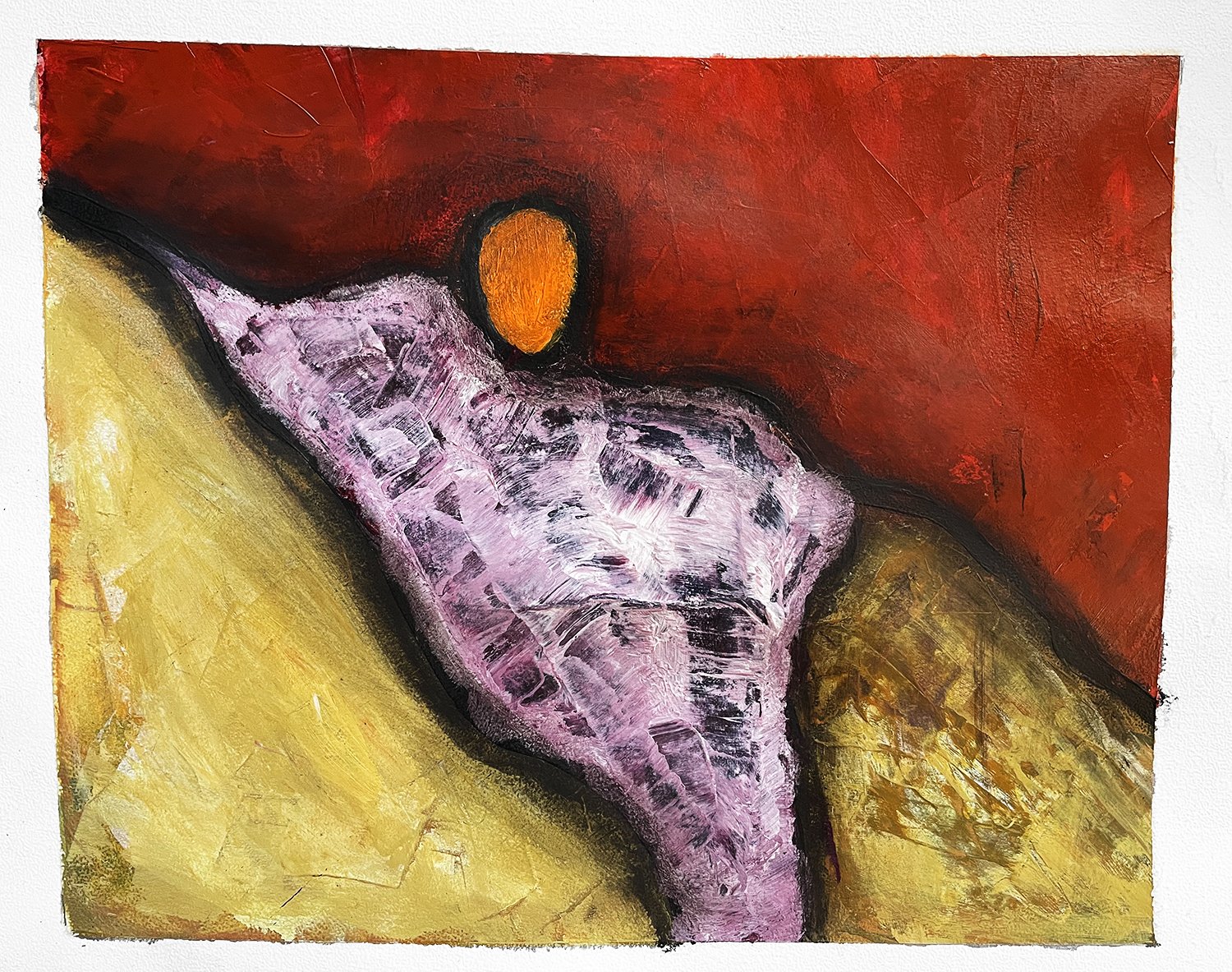I’ve been thinking about book banning as it relates to death anxiety and terror management theory. It’s such a perfect example of how our fear of death drives these ideas. I found an interesting article published by psychiatrictimes.com. Here’s the gist of the article.
Human history is replete with instances of book banning and burning. A few examples:
In 1242, King Louis IX of France (“Saint Louis”) ordered the burning of 24 cartloads of priceless Hebrew manuscripts, including the Talmud, which he regarded as an insult to Christianity.
In 1497–1498, the Dominican friar Girolamo Savonarola (1452-1498) instigated the infamous “bonfires of the vanities,” which destroyed books and paintings by some of Florence’s greatest artists. Ironically, Savonarola himself, along with all his writings, was burned on the cross in 1498.
In 1933, a series of massive bonfires in Nazi Germany burned thousands of books written by Jews, communists, and such luminaries as Albert Einstein, Sigmund Freud, Ernest Hemingway, and Thomas Mann.
It appears that the most frequently challenged books tend to have the following themes:
LGBTQ topics or characters.
Sex, abortion, teen pregnancy, or puberty.
Race and racism, or protagonists of color.
The history of black people.
In their 1994 book, “Moral Panics: The Social Construction of Deviance,” Erich Goode and Nachman Ben-Yehuda identified five defining elements of “moral panic”:
A heightened level of concern over the behavior of a so-called “deviant” group and its potential for negative effects on society.
An increased level of hostility toward the identified “deviants,” who are then designated “the enemy” of respectable society. This leads to the creation of “folk devils.”
There is a substantial consensus among the accusing segments of society that the “folk devils” represent a real and serious threat to society.
The perceived harm of the “deviant” group is out of proportion to the objective data, leading to disproportionate reactions by the accusing groups.
Moral panics are highly volatile and usually tend to disappear quickly as public interest wanes and the media shift to some other narrative.
In short, as Kane and Huang put it: “…moral panic draws up a line between upstanding citizens defending the social order, and the nebulous folk devils who threaten it. The folk devil is exaggerated into an existential threat that, left unchecked, will raze society and completely reshape it in a dystopian mold.”
Sheldon Solomon et al. point out that this kind of panic is directly related to our mortality. It’s a classic case of “in-group” and "out-group"—making the argument for absolute truth for one side. “My worldview” sees the truth clearly, and “yours” doesn’t. This leads to hatred, “othering,” isolation, and even harm or death.
Book banning and many other forms of “you are offending my worldview” are on the rise. We lean so heavily on cultural constructs (in this case, mostly religious beliefs) that these books are “sinful” or wrong and need to be destroyed. These worldviews allow us to buffer our death anxiety. They give us purpose and meaning (even misguided meaning). There is no way to reason with this; the psychology is so strong that we simply have to recognize it and try to help people understand why it’s happening. This is terror management theory, death anxiety, and the denial of death in a nutshell.
“Book Banning Dredges Up Memories of World War II,” 3.75” x 5” acrylic, charcoal, newsprint (mixed media) on paper.


















